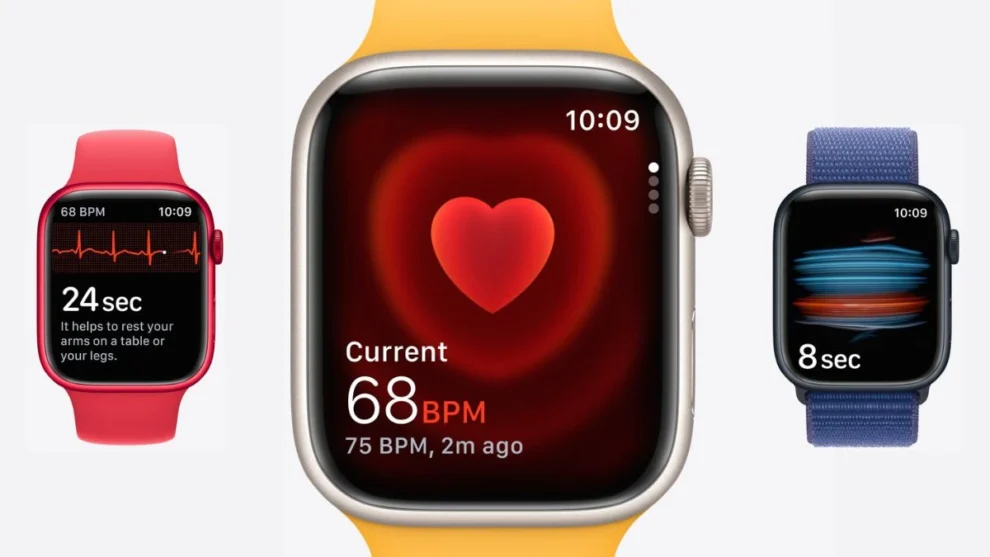The Apple Watch has evolved beyond a simple timekeeping device, becoming a powerful tool for monitoring and managing heart health. Its suite of features provides users with valuable insights, empowering them to take proactive steps toward a healthier lifestyle.
The Apple Watch offers several key features that contribute to heart health monitoring. The heart rate sensor continuously tracks the user’s heart rate throughout the day. This data is readily available in the Health app on the iPhone, allowing users to observe trends and identify any unusual fluctuations. This continuous monitoring can be particularly useful during exercise, providing real-time feedback on exertion levels.
The watch also offers a dedicated Workout app that tracks various activities, including running, cycling, and swimming. During workouts, the heart rate sensor provides detailed information on heart rate zones, calorie burn, and other relevant metrics. This data can help users optimize their workouts and ensure they are exercising within their target heart rate range.
One of the most significant heart health features of the Apple Watch is its ability to perform an electrocardiogram (ECG). By placing a finger on the Digital Crown, users can generate a single-lead ECG, similar to those performed in a doctor’s office. The ECG app can classify the heart rhythm as sinus rhythm, atrial fibrillation, atrial flutter, or other classifications. While not a substitute for a traditional 12-lead ECG performed by a medical professional, this feature can provide valuable information and potentially detect irregularities that might otherwise go unnoticed. The ECG data is stored securely in the Health app and can be shared with doctors for further analysis.
The Apple Watch also provides irregular heart rhythm notifications. This feature uses the heart rate sensor to periodically check for irregular heart rhythms in the background. If an irregular rhythm is detected multiple times, the user receives a notification, prompting them to consult with a doctor. This feature has been credited with helping users detect conditions like atrial fibrillation, a common heart rhythm disorder that can increase the risk of stroke.
Another important feature is the Cardio Fitness (VO2 max) estimation. The Apple Watch estimates a user’s VO2 max, which is a measure of cardiorespiratory fitness. A lower VO2 max can be an indicator of poor cardiovascular health. The watch provides notifications if the user’s estimated VO2 max falls below a certain threshold. This feature encourages users to engage in regular physical activity to improve their fitness levels.
The Fall Detection feature also indirectly contributes to heart health safety. If the watch detects a hard fall, it can automatically call emergency services. This feature is particularly important for individuals with heart conditions who may be at increased risk of falls.
All the heart health data collected by the Apple Watch is consolidated in the Health app on the iPhone. This app provides a comprehensive overview of the user’s heart health metrics, including heart rate, ECG readings, VO2 max, and activity levels. Users can track their progress over time, identify trends, and share their data with their doctors.
It is important to emphasize that the Apple Watch is not a medical device and should not be used as a substitute for professional medical advice. The heart health features of the Apple Watch are intended to provide users with information and encourage them to take an active role in managing their health. If users have any concerns about their heart health, they should consult with a doctor.
The Apple Watch’s heart health features have the potential to make a significant impact on people’s lives. By providing users with convenient access to valuable heart health data, the Apple Watch empowers them to make informed decisions about their health and take proactive steps to prevent heart disease. The ability to track heart rate, perform ECGs, receive irregular rhythm notifications, and monitor cardio fitness levels can be invaluable tools for maintaining and improving cardiovascular health.



















Add Comment